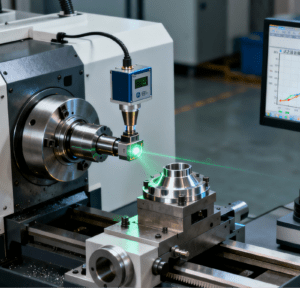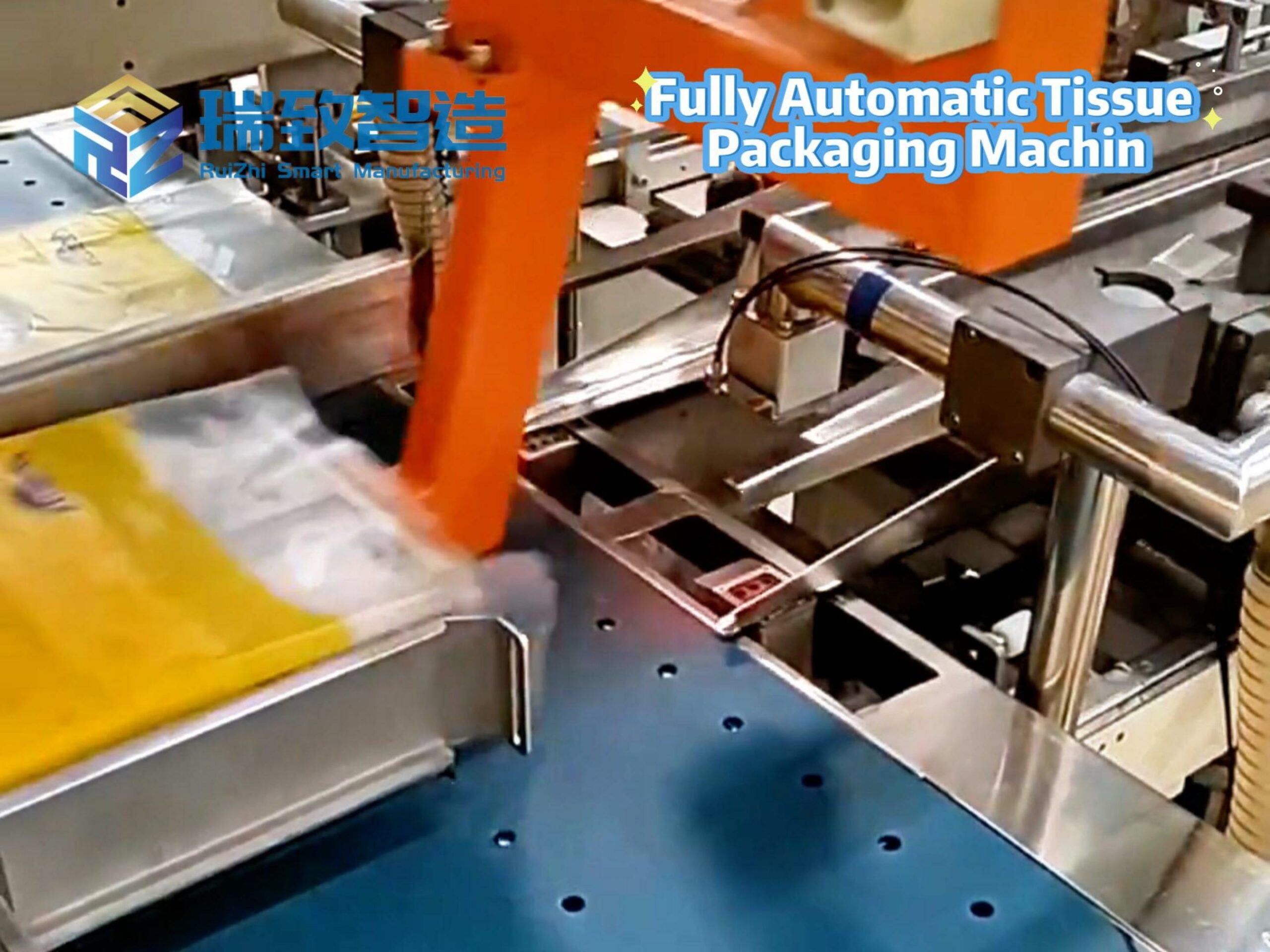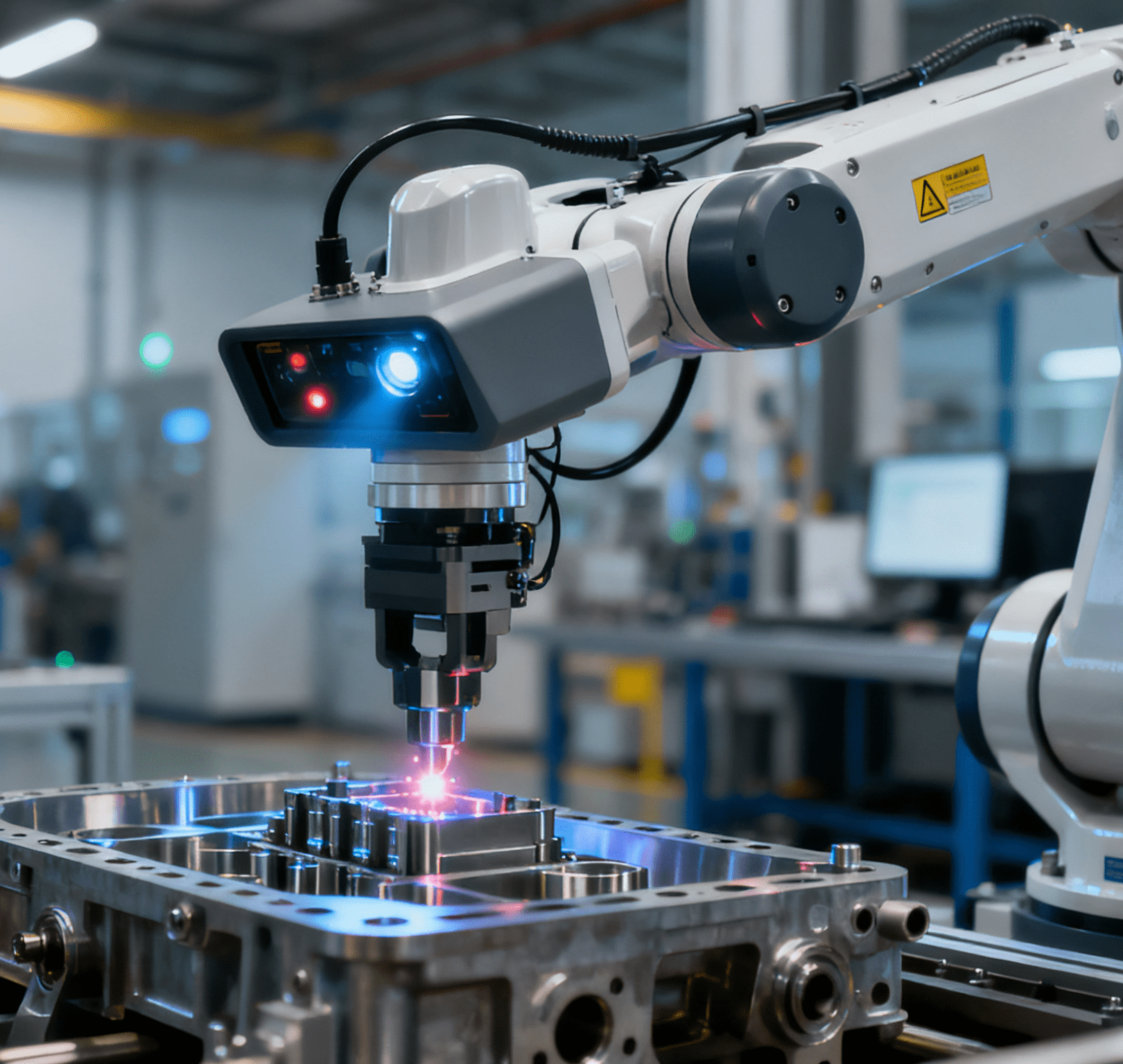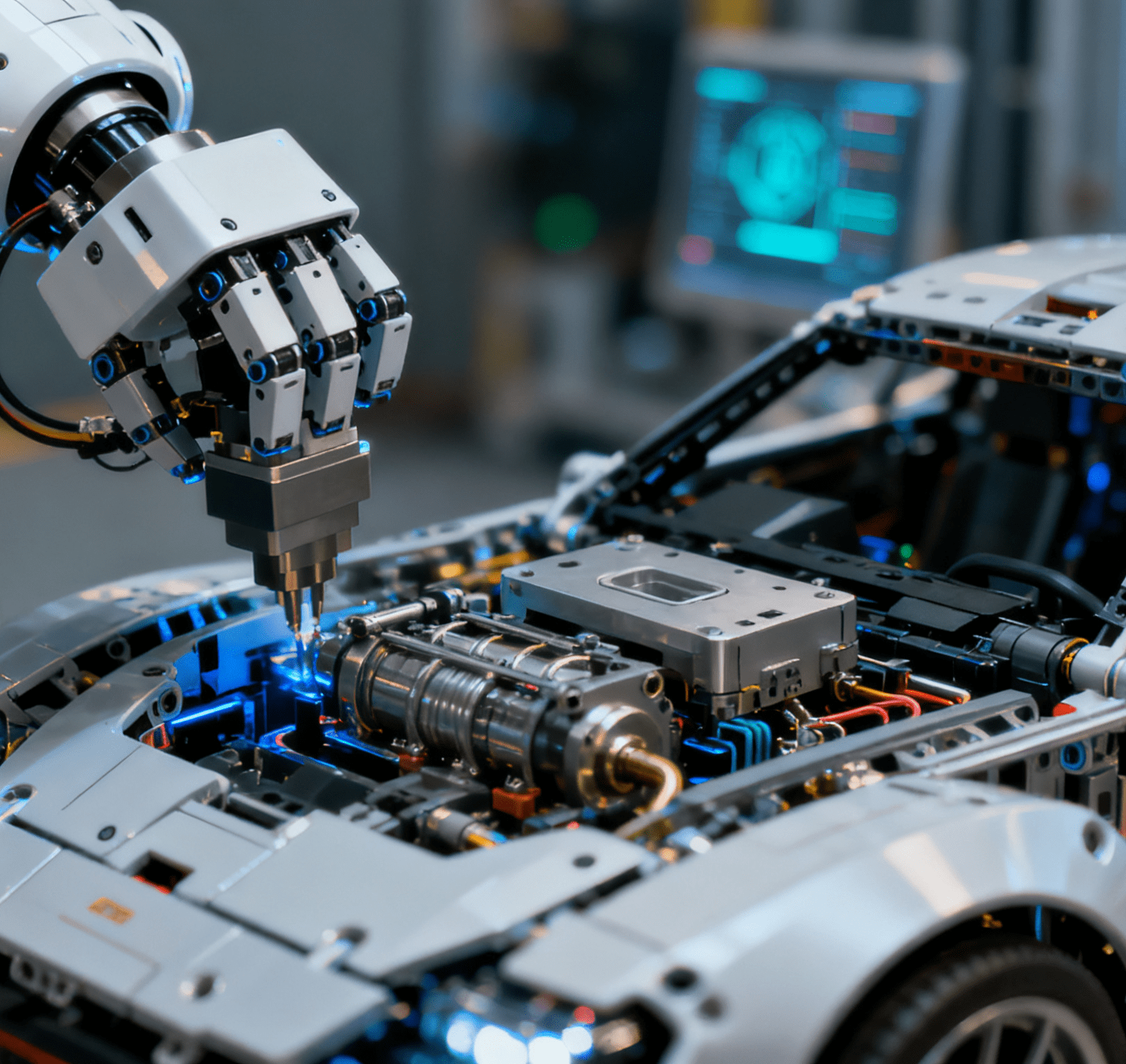
In the manufacturing of precision parts, the high-efficiency machining technology of CNC lathes plays a core role. This article will systematically introduce how to improve machining efficiency and quality, focusing on three key areas: micron-level precision control to ensure absolute accuracy of part dimensions, multi-axis machining optimization for handling complex structural components, and intelligent production management to achieve full-process monitoring. Through these contents, readers will learn practical methods to meet the strict requirements of high-end industries for precision parts. Next, we will delve into specific technical details.
Micron-Level Precision Control
In the process of machining precision parts with CNC lathes, micron-level precision control is crucial, as it ensures minimal dimensional errors of precision components. By using high-precision sensors and real-time compensation technology, CNC lathes can automatically adjust cutting parameters, controlling machining precision within 1 micron. For example, in the aerospace field, this control method can reduce the scrap rate and improve product quality. Practice has proven that combining advanced measurement systems can effectively manage machining errors, laying a foundation for subsequent multi-axis machining optimization. This not only improves production efficiency but also meets the strict reliability requirements of high-end industries.
Multi-Axis Machining Optimization
Multi-axis machining technology enables CNC lathes to coordinate the operation of multiple motion axes simultaneously, which greatly enhances the ability to machine precision parts with complex shapes. By carefully adjusting the synchronous motion parameters between different axes—such as movement speed and angle coordination—the equipment can more smoothly complete the machining of parts with curved surfaces or irregular contours, such as the complex structural components commonly used in medical devices.For the specialized machining of precision spring components (e.g., the white discs used in aerospace miniature springs or medical device precision springs), the Automatic spring white disc machine plays a key collaborative role with multi-axis systems. This equipment integrates 4-axis linkage technology and high-precision pneumatic clamping, targeting the thin-walled, high-flatness requirements of spring white discs. It can achieve a dimensional tolerance of ±0.002 mm and a surface roughness of Ra ≤ 0.01 μm, and by synchronizing with the 5-axis machining center’s workpiece coordinate system, it realizes one-time clamping to complete turning, milling, and grinding of the white disc’s inner hole, end face, and positioning groove. This not only eliminates cumulative errors caused by multiple re-clamping but also shortens the processing cycle of a single spring white disc by over 25%, perfectly matching the multi-axis machining’s demand for “complex structure + high precision.”This optimization significantly reduces the downtime caused by frequent tool changes or re-clamping of workpieces during the machining process. More importantly, multi-axis machining ensures that the tool always contacts the workpiece at the most appropriate angle and position. This not only helps maintain extremely high machining precision but also effectively avoids excessive tool wear or damage to the workpiece surface, thereby improving efficiency while ensuring stable and reliable machining quality.
Intelligent Production Management

In addition to precise control of machining precision and optimization of multi-axis machining, intelligent production process management is also a key factor in improving efficiency. Modern CNC lathe workshops have begun to widely use automated systems to coordinate the entire production process. These systems act like a smart manager, automatically arranging the machining sequence of parts, enabling efficient collaboration between different devices, and reducing machine waiting and idling time. More importantly, intelligent management is also reflected in the real-time monitoring of the production process. Through detection devices installed on the equipment, the system can continuously monitor the quality of parts being machined. Once any minor deviation exceeding the allowable range is detected, it will immediately issue an alert, allowing operators to make timely adjustments and avoid producing non-conforming parts. These methods work together to significantly reduce downtime in production, improve equipment utilization efficiency, and ensure the stable and reliable quality of final products.
Overall, the continuous advancement of CNC lathes in the field of precision part machining provides strong support for meeting the strict requirements of high-end industries. By precisely controlling micron-level dimensions, optimizing the collaborative operation of multiple machines, and introducing more intelligent production management methods, machining efficiency and part quality have been significantly improved. In particular, the stable clamping of complex-shaped parts and real-time detection during the machining process greatly reduce errors and ensure that more products meet standards. These technological breakthroughs allow industries that rely on top-tier parts—such as aerospace and precision medical devices—to more stably obtain the high-quality components they need.




















